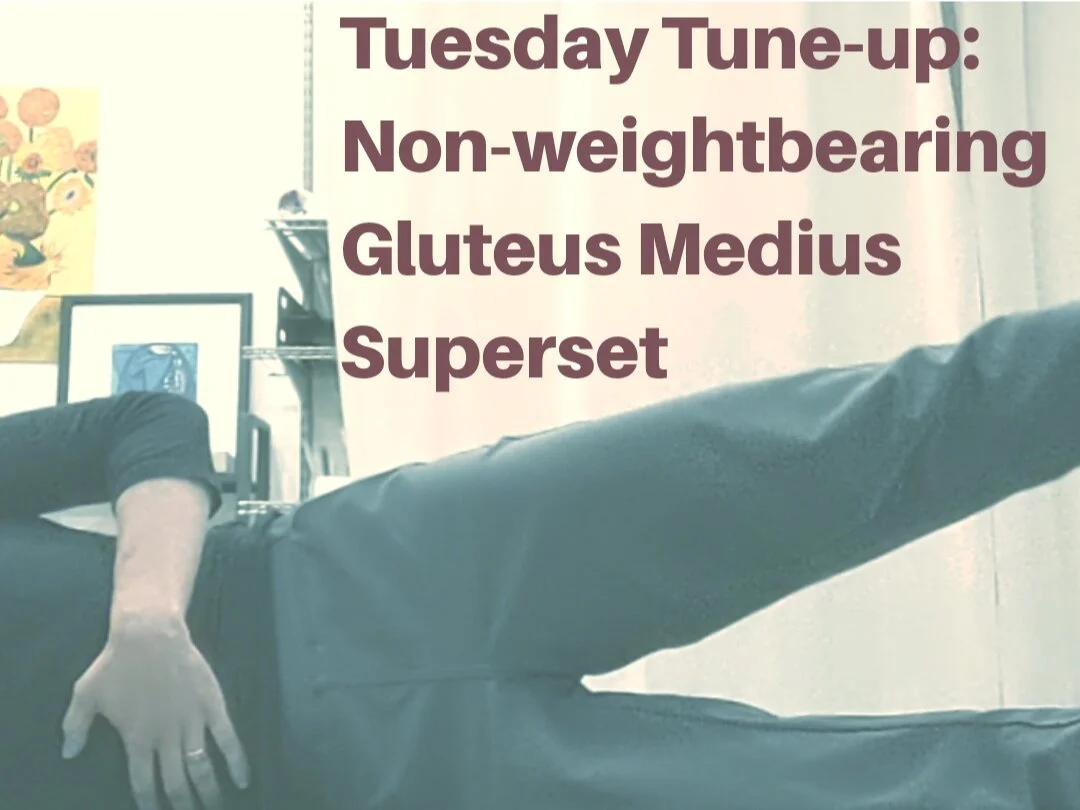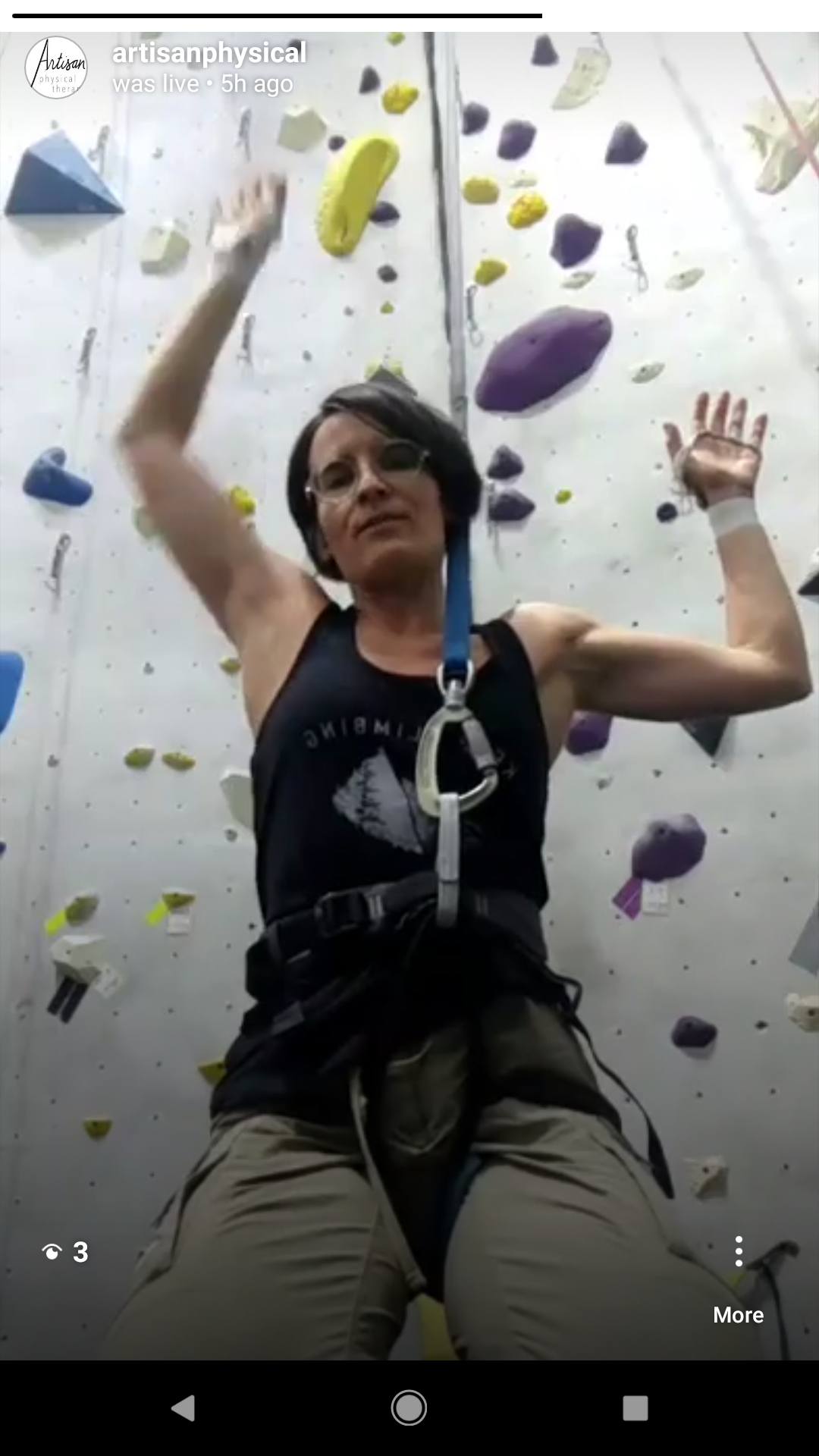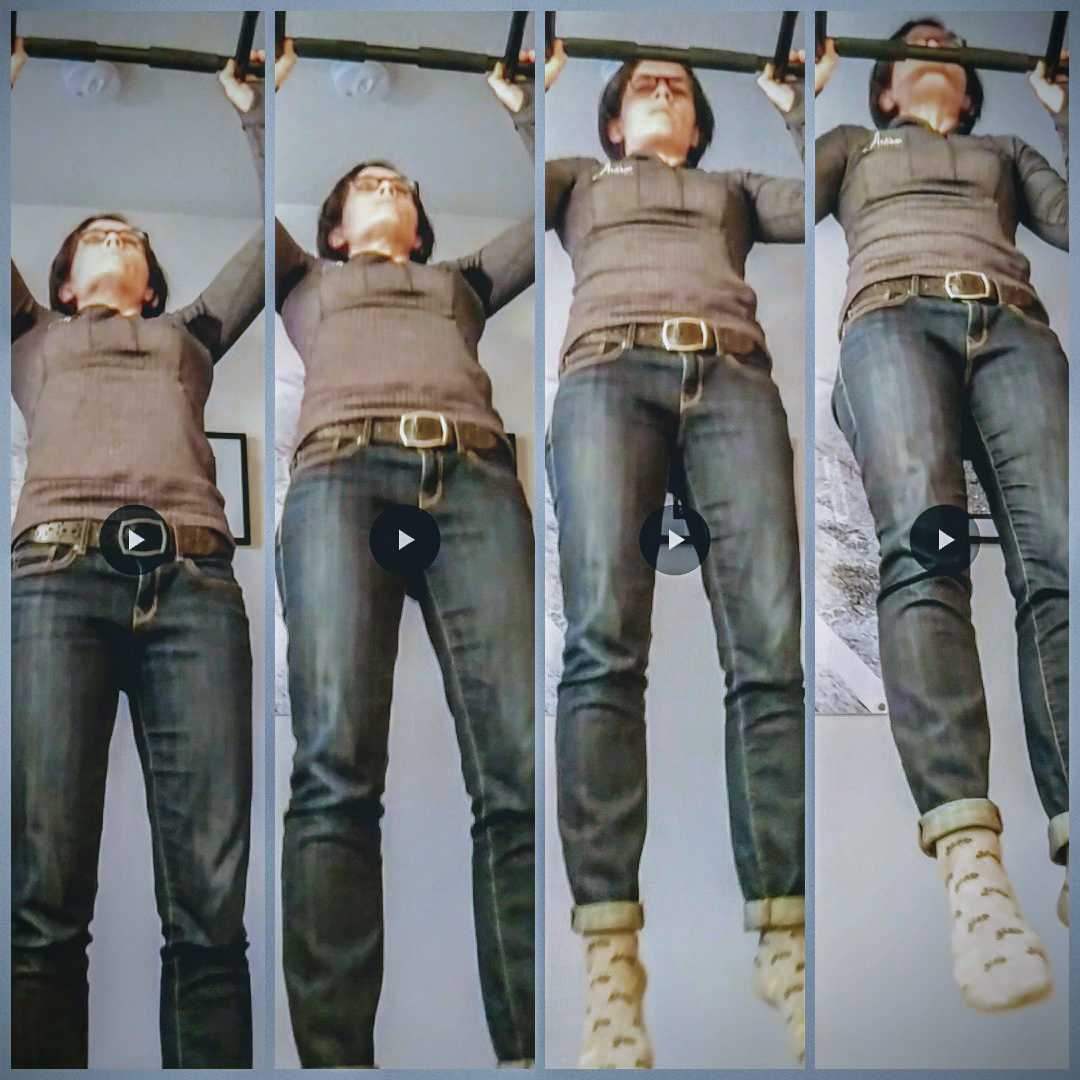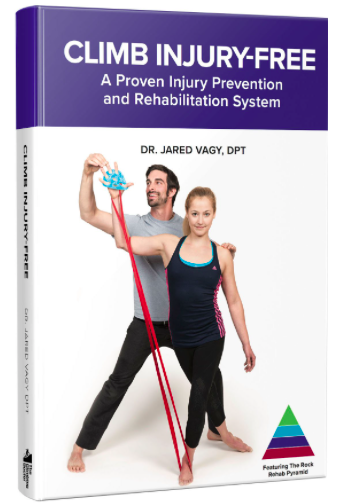It’s been a long time coming, but I’m pleased to launch a view into my personal healthcare routine. My goal is to help you live your healthiest life (to LYHL). To do this, movement is key and doing it with presence and awareness. Our body is part of us and not to be used nor abused.
Have you wanted to know how to have a regular whole-body stretching routine? A whole-body active mobility? Have you been wanting a quick, helpful routine to start your day and incorporate your mind, body and spirit? Do you sense you have muscle imbalances and weakness, but aren’t sure how to identify them? Then this series is for you!
On the APT YouTube channel, you can now find episode 1 of “Morning Mindful Mobility.” You can follow along as Dr. Elle Bottrell uses her 25 years of study of the human body and applies her physical therapy knowledge to guide through helpful body movement to ensure you aren’t unnecessarily getting stiff and developing poor posture, weaknesses, and limitation from your daily life. Our body is very adaptable so we need to be conscious about these adaptations and put in thoughtful challenges.
Dr. Elle (aka Dr. LYHL) has found that many of her patients, clients, and people she meets don’t know how to do basic things like stretching and mobility work AND it’s not their fault. They were not properly taught in gym class or on their sports teams or in their movement groups.
Seeing people needlessly in pain or moving poorly is frustrating, so Dr. Elle is turning the camera on herself to show you what she does (hint - it’s different every day, but with common threads). She responds to what her body tells her and she wants to teach you to do the same - some days are more gentle and laying down, some are bigger movements and require more muscle activation and lead to strength gains.
Let her know what you think and send to someone you know who may benefit from this:
May you always see the blessing.
Dr. Elle (Dr. LYHL)












